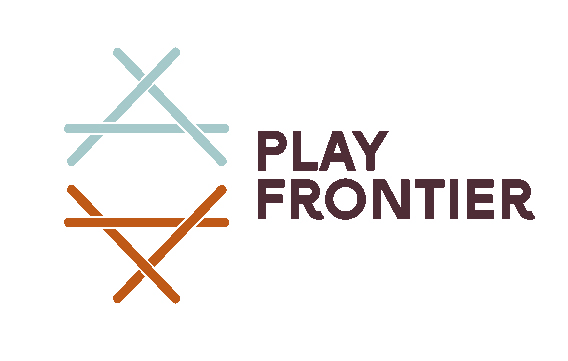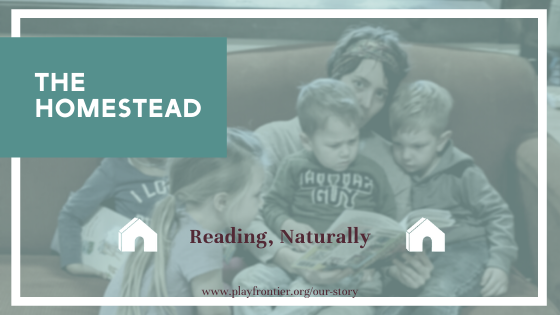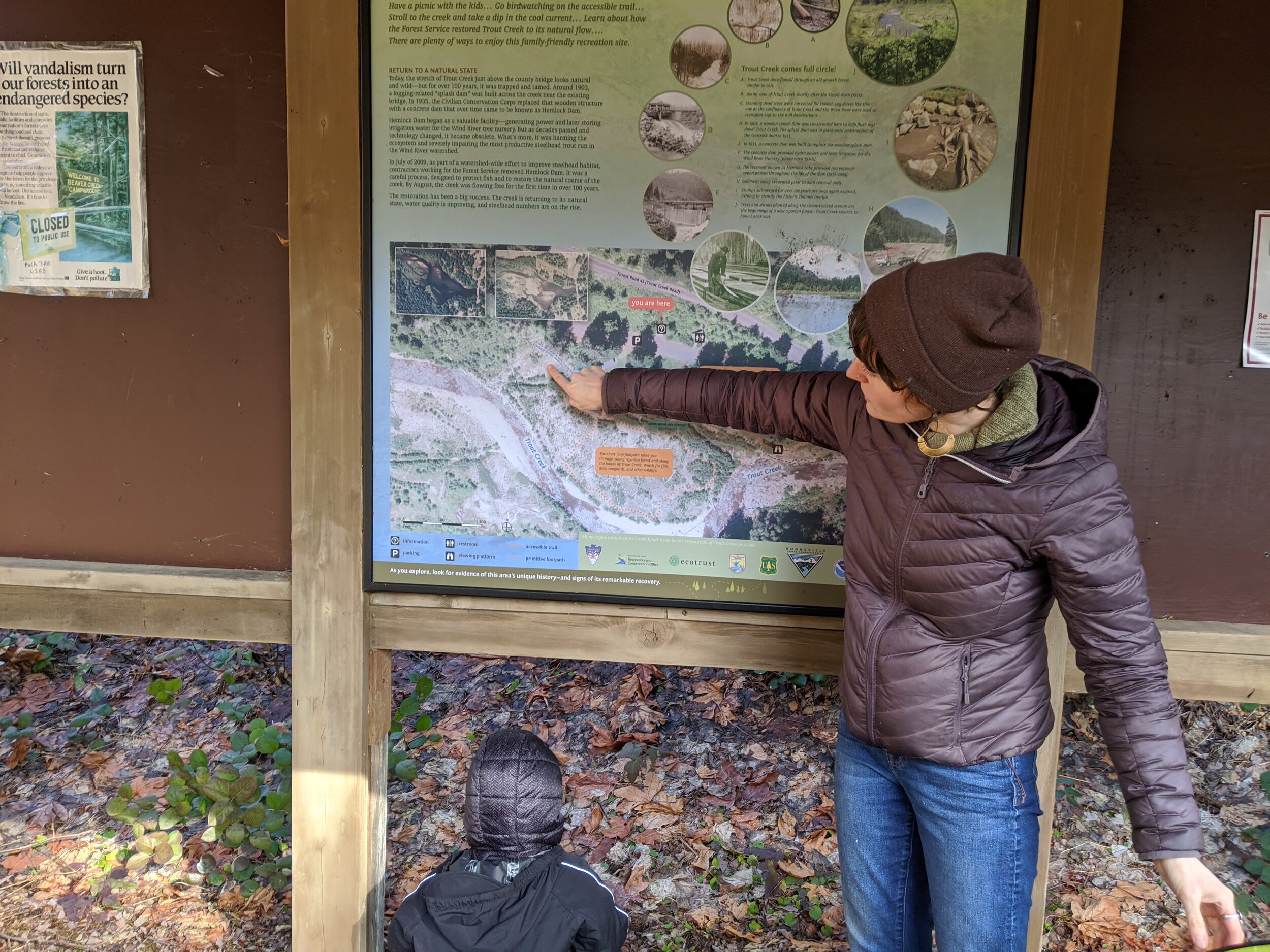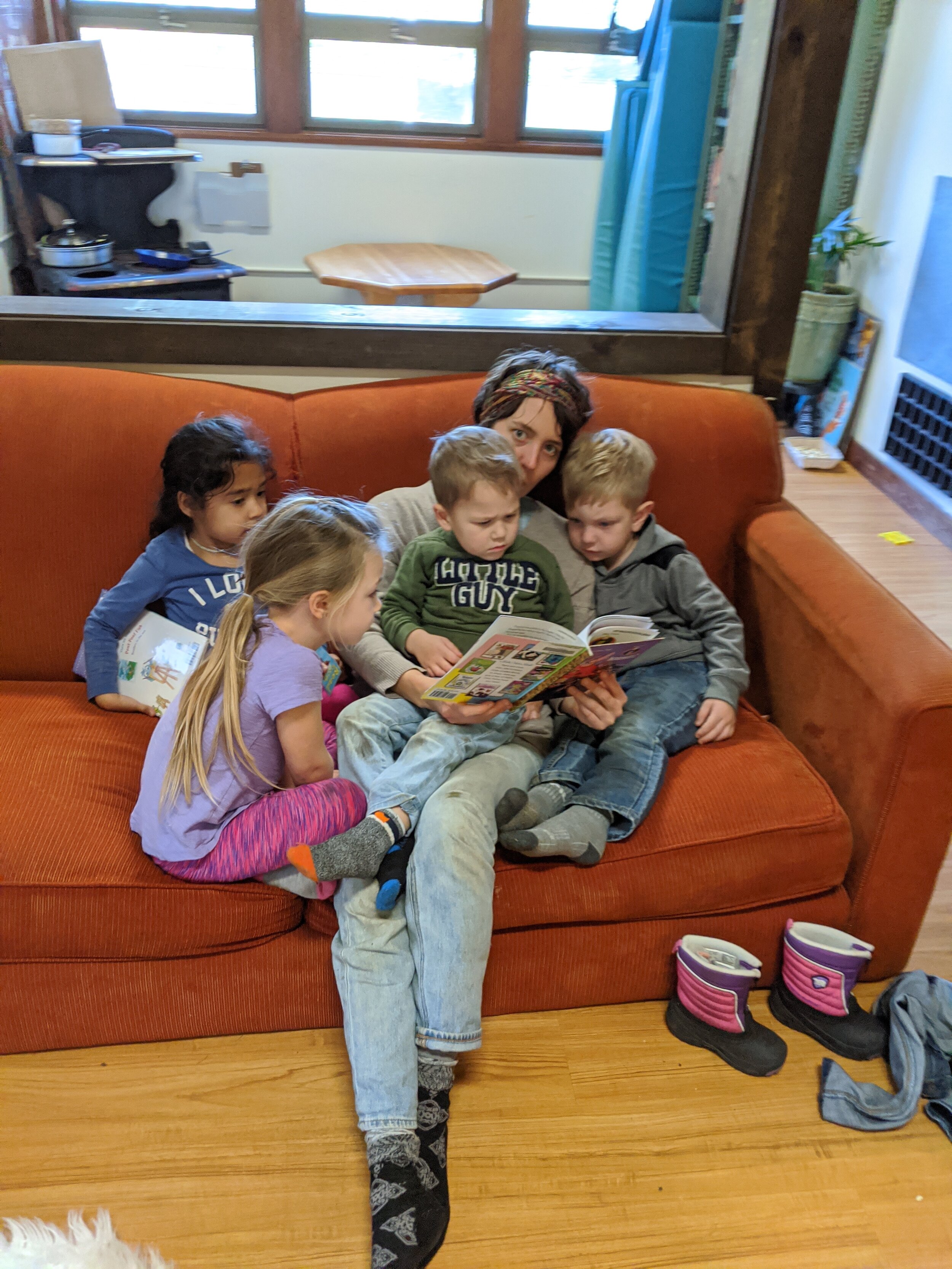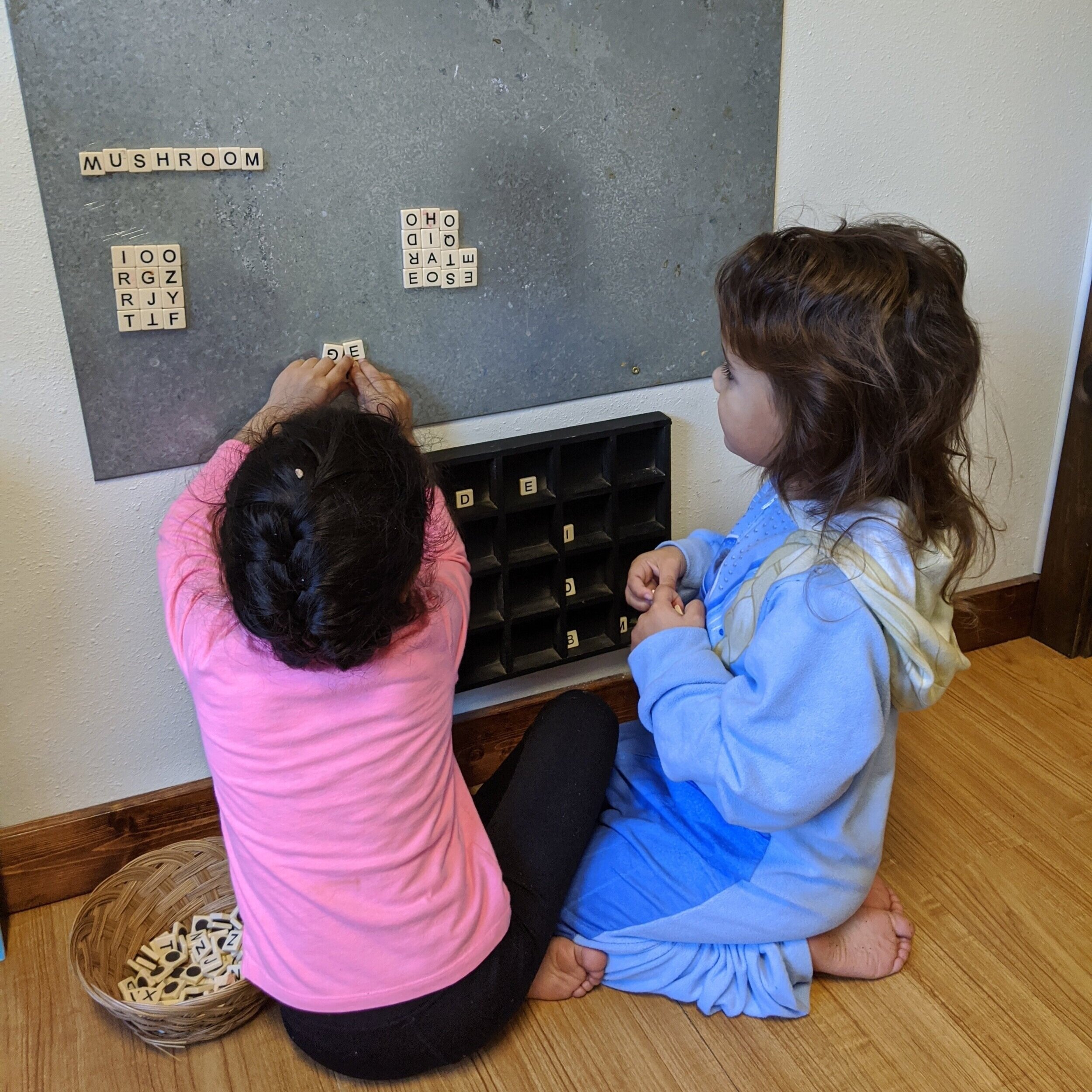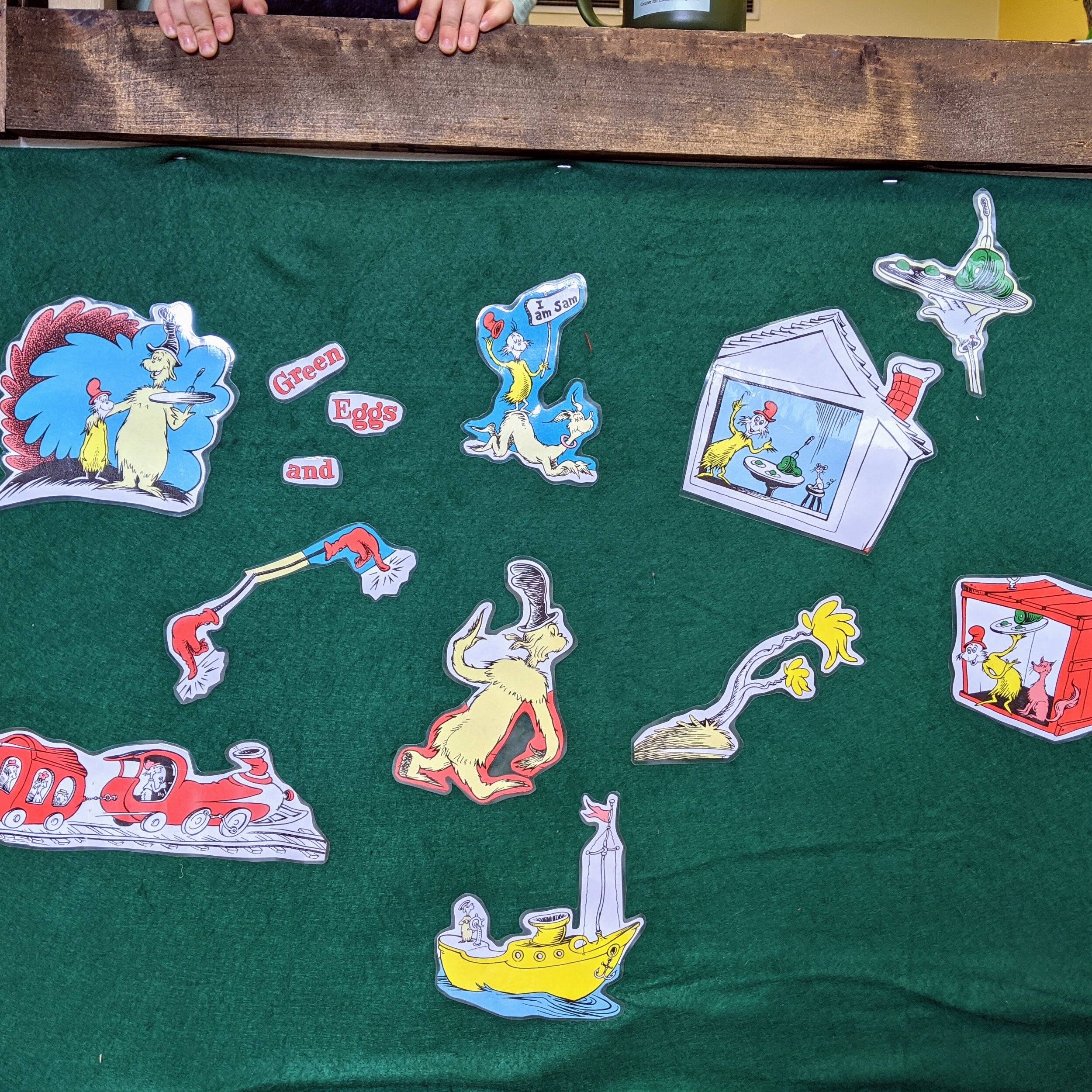For whatever reason, learning to read at home has come up a bit lately and I thought I’d share some background about child-led reading. I’ll call it “reading, naturally” because you won’t see any set methods or phonics lessons or step-by-step workbooks here. Everything about teaching young children comes from within the child. They express an interest, show signs that they’re curious, and we as responsive caregivers jump in with suggestions to meet their new need (here, it is a need to read!)
Let’s Start at the Very Beginning
First of all, reading (along with everything else if you haven’t tuned in before) is something that starts at birth with the value you place on reading and written words. Yep, you read that right. At Birth. Do you read signs out loud to your kids? Covers of cereal boxes? Do you read the words you’re writing out loud to them if they ask about them, even if they’re ‘boring’ things like lists and W2s? You do?! GREAT. You are already doing the very first step toward teaching kids to read - valuing print! If YOU don’t see value in writing and reading, and use it like a tool that’s fully integrated into your day-to-day life, why should they? MODELING this relationship with print is very very very very very important, as it builds the foundation for your child even WANTING to read at all in the first place.
If you’re really into reading (like we are at our house!) then its just a part of life. My child was read to while he was in my belly, had chapter books read aloud to him as a newborn, and sees us reading all the time. This might be overkill for some, but for us, reading is a hobby we enjoy in addition to an important life skill.
I guess that’s the real secret to teaching a child to read… They have to ACTUALLY care and want to read.
A disclaimer: READING AND WRITING ARE INEXTRICABLY INTERTWINED. CHILDREN LEARN BOTH, SIMULTANEOUSLY, AND TOGETHER THEY FORM WHAT WE CALL LITERACY. THIS POST FOCUSES ON READING, ALTHOUGH WRITING MUST BE EQUALLY SUPPORTED IN THE READING JOURNEY.
Some Signs
After you’ve laid the groundwork by including your child in living your life (that sounds harsher than its meant, just go with me on this one), they’ll start to seek that independence. Typically kids seek this independence in obvious ways, like the 3 year old who needs to change clothes 800 times before settling on an outfit, or refusing to eat anything but peas for two weeks.
With reading, it looks a little different, and noticing the signs will help you provide the right tools. The point here is that you set the environment by having the right books and tools available, and your child will naturally pick them up when they’re ready.
Key signs a child is ready to read:
They are interested in their own name and specifically the letters in their name. Maybe they can recognize it.
They ask what every printed word actually says.
They ask for the same books to be read over and over, and memorize the words.
They point to one word at a time.
They point or follow along in the correct direction.
They understand the basics of “how to book,” meaning they hold it right side up and flip through pages one at a time, generally starting at the beginning.
Sometimes they’ll ‘read’ to themselves by re-telling the story or ‘reading the pictures.’
Supporting a Natural Reader
The first rule of natural reading is that EVERYTHING is reading! Believing that your child can read, and showing them that reading is more than just the direct letters on a page, will boost their confidence and encourage them to keep going.
I can’t tell you how many times I’ve heard well-meaning parents tell me that their child has memorized a whole book but can’t actually read it. Yes they can! Memorizing sight words and knowing what words correspond to which page is absolutely reading! Give them the gift of confidence here instead, and just call it reading. Same goes for ‘reading’ a point-and-shout book… you know, the book where there isn’t a story its just a page full of things with names under them? Yep, shouting the right word means you can point to the actual letters and say something sweet like, “Wow! Did you just read that word because that’s what it says!”
Here’s the thing. Children need to see themselves as readers before they actually decipher print into a cohesive story.
Handy Tools: Change the Environment, Not the Child
Having some quality books around to read over and over and over, and some toys to go along with those books, is a GREAT way to build up a reading-friendly child environment. Another strategy is to use written labels to help with things around the house (called environmental print, you’ll see it all over the place in classrooms). The idea is that they see the words over and over enough that they’ll memorize the shape. Then when they see it somewhere new, they’ll be reminded of what they already know!
The books
Here is a big Amazon list of all of my favorite first reader books. I’ve picked these books because, after 10 years of teaching, these are the old reliables. I’ve seen more kids teach themselves to read by loving and memorizing these books than any others! Usually kids migrate to two or three of these that really call to them, so find your child’s faves and stick with them! Here’s the list, in no particular order:
“No David!” by David Shannon, and all the other David books
“Today I Will Fly” by Mo Willems, and all the other Elephant and Piggie books
“Brown Bear, Brown Bear, What Do You See?” by Bill Martin Jr., illustrated by Eric Carle, and all the other “Shat do you see?” books
“Chica Chica Boom Boom” by Bill Martin Jr. and John Archambault, illustrated by Lois Ehlert
“Green Eggs and Ham” by Dr. Seuss, and all his other ‘easy readers’ too
“Don’t Let the Pigeon Ride the Bus” by Mo Willems, and all the other Pigeon Stories
“Little Blue Truck” by Alice Shertle, illustrated by Jill McElmurry
“Llama Llama Red Pajama” by Anne Dewdney, and all the other Llama Llama books
“199 Things…” series by Usborne books. GREAT point-and-shout for toddlers, and they transition up well!
“Buildablock” series. Again, great for toddlers and they transition well to reading.
Last but not least… “BOB Books”! Having these around, and other more targeted “early reader” books, is also a fine idea… a good one even! The nature of these books is that, if you read them in order, they build on each other in predictable ways. What I DON’T advise is to force a kid to read them to/with you if they don’t want to.
The tools
As far as toys and tools that support reading, here are my must-haves:
Letter magnets. My preferred set is one I made from an old Bananagrams game. Stick self-adhesive magnets on the back and you’re set to jet! My set has lasted 10 years so far, so they’re pretty durable. I prefer these to other magnet letters because they fit nicely next to each other and encourage word-building along with plain old building-building in a cool way.
Magnet or felt-board props to go with your child’s favorite book. The goal here is to encourage re-telling of the favorite easy-reader story so its flawlessly integrated into their play. This is super easy to do if your kid’s favorite book happens to have stuffed animals or little figurines that go with it (like stuffed animal Elephant and Piggie for example). I recently was stumped in our classroom because this group is OBSESSED with Green Eggs and Ham. Surprisingly slim pickins for G.E.A.H. swag, so I got creative and made some easy felt board characters. Next time a good book gets read so many times that it falls apart in your hands, consider cutting it up, laminating the favorite pictures and title, and slapping some velcro rounds on the back!
Labels. All sorts of labels. Name labels, item labels, when you draw a thing write a label. Again, some things make more sense in a classroom because they’re not totally appealing from an interior design perspective. Another good one here is sign-making. Kids don’t want to clean up an art project? Make a sign that explains it to the whole family!
Easy access chalkboard or whiteboard. Something that is up and available at a moments notice to write a word or draw a picture. Think of it as drive-by literacy!
Environmental print. Anything that come in and out of your home, like food packaging and Amazon boxes and magazine titles. I also really love reading the bottom of Hot Wheels cars to see what their ‘official’ name is. Did you know there are words down there?! READ ALL THE THINGS!
If you’re into screen time, there are some fun apps out there too! I think Endless Alphabet is one of the best, its a simple puzzle game that is great and worth every penny!
For the Nerds
I love a good deep-dive, so here’s some background information. I base everything I do in developmentally appropriate practice, meaning when I teach children I strive to approach every new situation through the lens of child development. I also strive for respectful caregiving, a nebulous term to describe treating children as equals while simultaneously keeping them safe and healthy. With that in mind, I spent a lot of the child-free summers of my teaching youth developing a system for describing children in a classroom that encompasses the whole child (with the help of some excellent friends and mentors of course!).
Today, we are coming at this from the perspective of reading, so I’ve gathered all the milestones specific to reading for children 0-5+. It’s basically the Language/Literacy corner of a DAP foursquare with the ages next to each other so you can see a powerful thing…
Infants are 0-12 months, toddlers 12 months to 2.5 years, preschoolers 2.5 years to 5+.
…Do you see where ‘reading’ is?! Holy cow. Look at all the other aspects of language and literacy that have to line up BEFORE the reading can take place. And really, all the physical and cognitive and socio/emotional pieces aren’t here, but they play a role in it too.
Please, in our rush to figure out how distance learning and quarantine homeschooling works, do not pressure your child to jump ahead of their own natural development.
Please please please, let your child play and enjoy this time at home.
With the tools and information I’ve given you today, may their play and their learning integrate flawlessly into one big happy kid.
